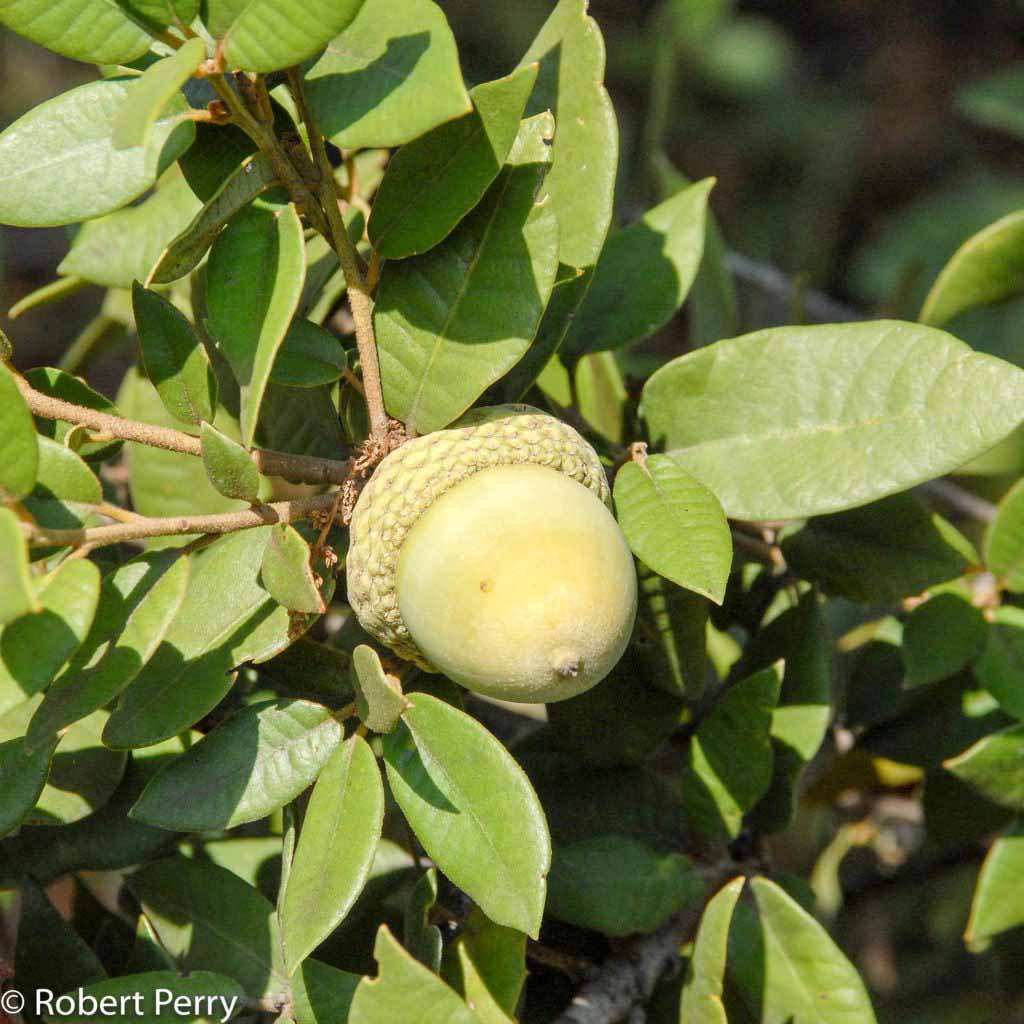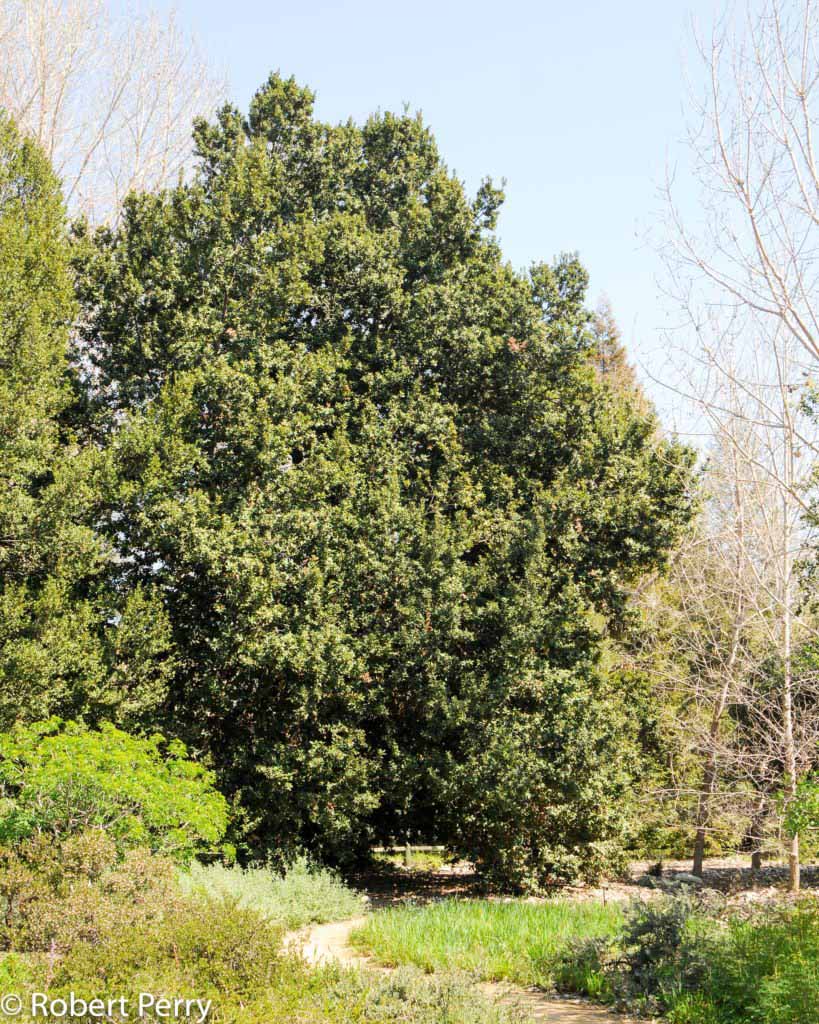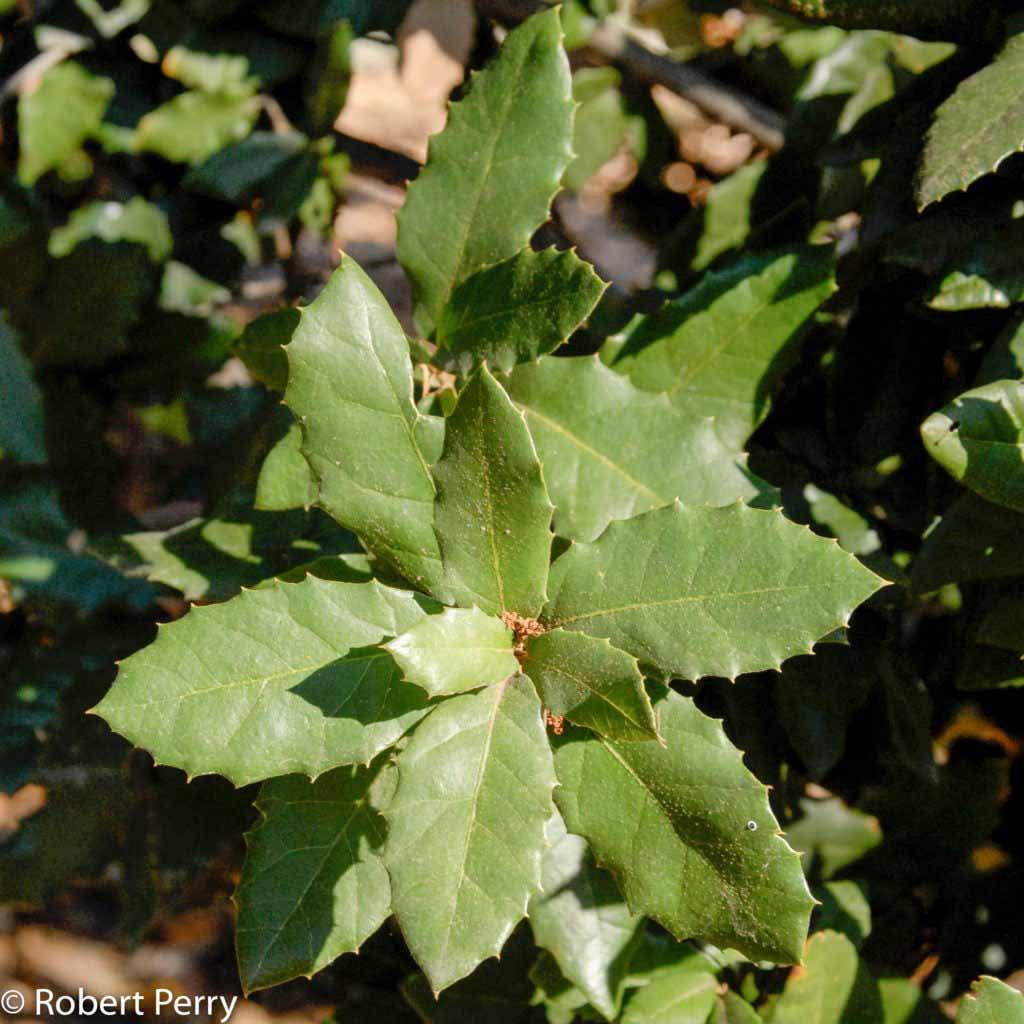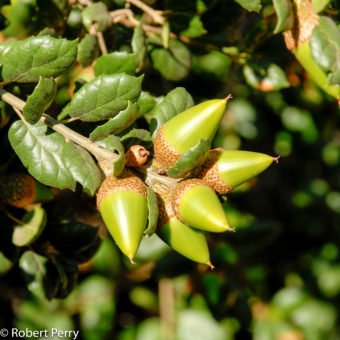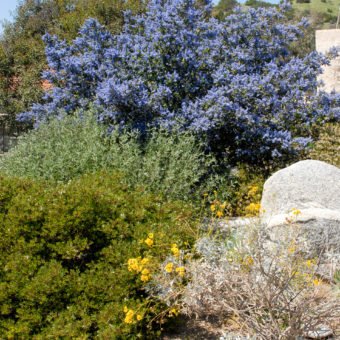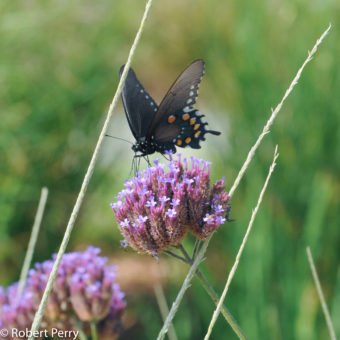The Island oak is recommended for planting in well-drained soils with normal winter rainfall. Low amounts of summer irrigation help younger trees to grow faster and sustain the character of mature trees. The chart shown below provides a baseline guide to the monthly irrigation schedule and volume of supplemental water needed to maintain healthy growth throughout the average year. It should be noted there are several months indicated by an asterisk (*) when winter rains can provide sufficient moisture and irrigation is not needed. The high and low range of moisture indicates it can grow with varying amounts of water depending upon exposure conditions and size.
| |
Jan* |
Feb* |
Mar* |
Apr |
May |
Jun |
Jul |
Aug |
Sep |
Oct |
Nov* |
Dec* |
| Runs per Month |
0x to 2x |
0x to 2x |
0x to 2x |
1x to 2x |
1x to 2x |
1x to 2x |
1x to 2x |
1x to 2x |
1x to 2x |
1x to 2x |
0x to 2x |
0x to 2x |
| Inches per Run |
1″ |
1″ |
1″ |
1″ |
1″ |
1″ |
1″ |
1″ |
1″ |
1″ |
1″ |
1″ |
| |
| Inches per Month |
0″ to 2″ |
0″ to 2″ |
0″ to 2″ |
1″ to 2″ |
1″ to 2″ |
1″ to 2″ |
1″ to 2″ |
1″ to 2″ |
1″ to 2″ |
1″ to 2″ |
0″ to 2″ |
0″ to 2″ |
Range of supplemental summer water: 7"-14"
Range of supplemental winter water: 0"-10"
| |
0″-2″ |
0″-2″ |
0″-2″ |
1″-2″ |
1″-2″ |
1″-2″ |
1″-2″ |
1″-2″ |
1″-2″ |
1″-2″ |
0″-2″ |
0″-2″ |
| |
Jan* |
Feb* |
Mar* |
Apr |
May |
Jun |
Jul |
Aug |
Sep |
Oct |
Nov* |
Dec* |
For more information on how to use this Irrigation Schedule and Graph, follow this link.
For information how to calculate your irrigation system’s schedule and precipitation rate, please follow this link.
It is important to only prune island oak during the warm, dry season (July – September) to avoid disease issues. Healthy trees generally do not need significant or hard pruning. Prune young trees to set a good branch structure to avoid the need for much pruning once the tree is older. Remove accumulated small dead branches every number of years once the tree is mature (3). Any significant pruning which will expose previously shaded areas to sun should be done at the very end of the pruning season (September), because bark will be at risk of long term damage from sun burn if exposed mid-summer (S).
References